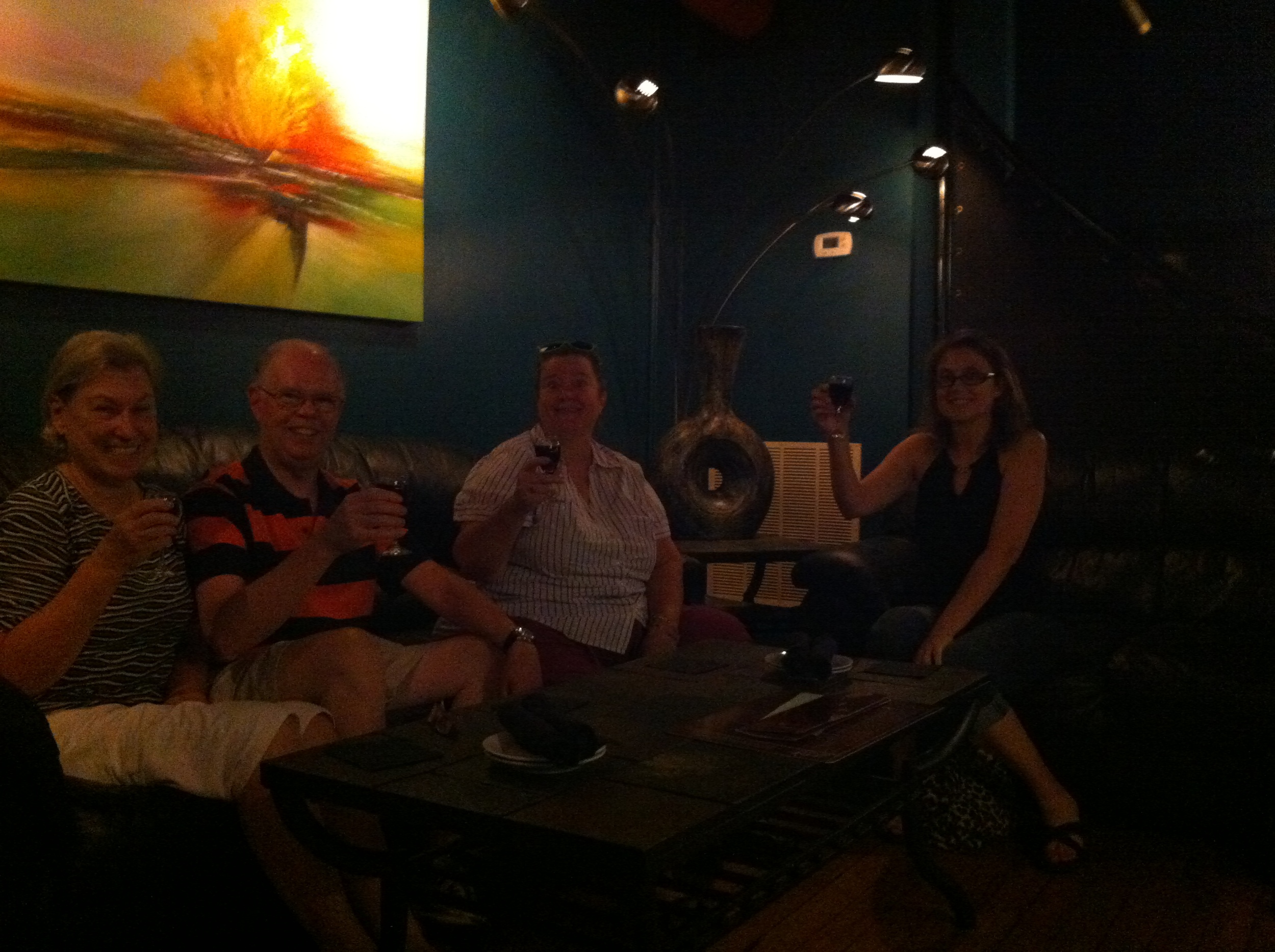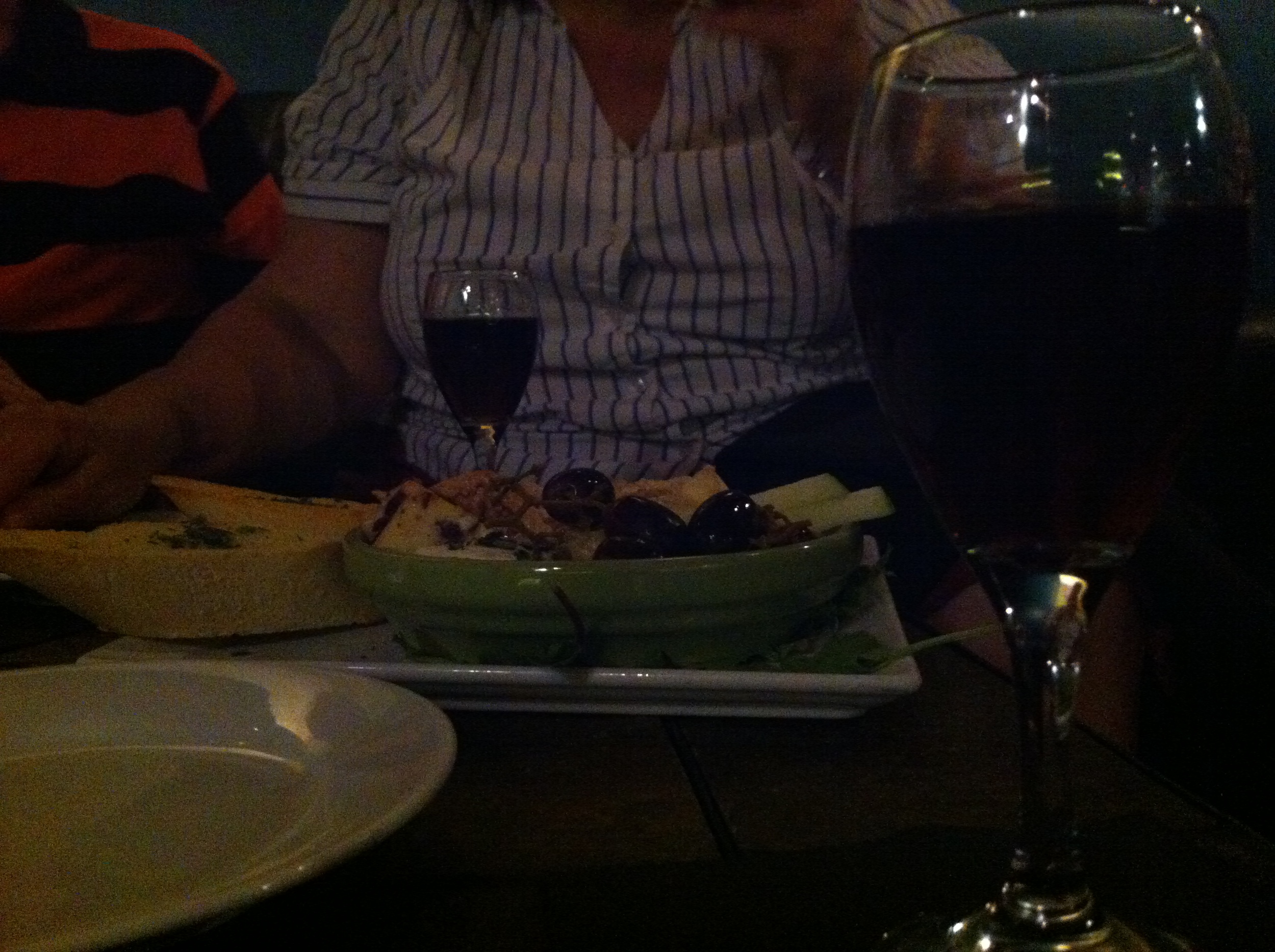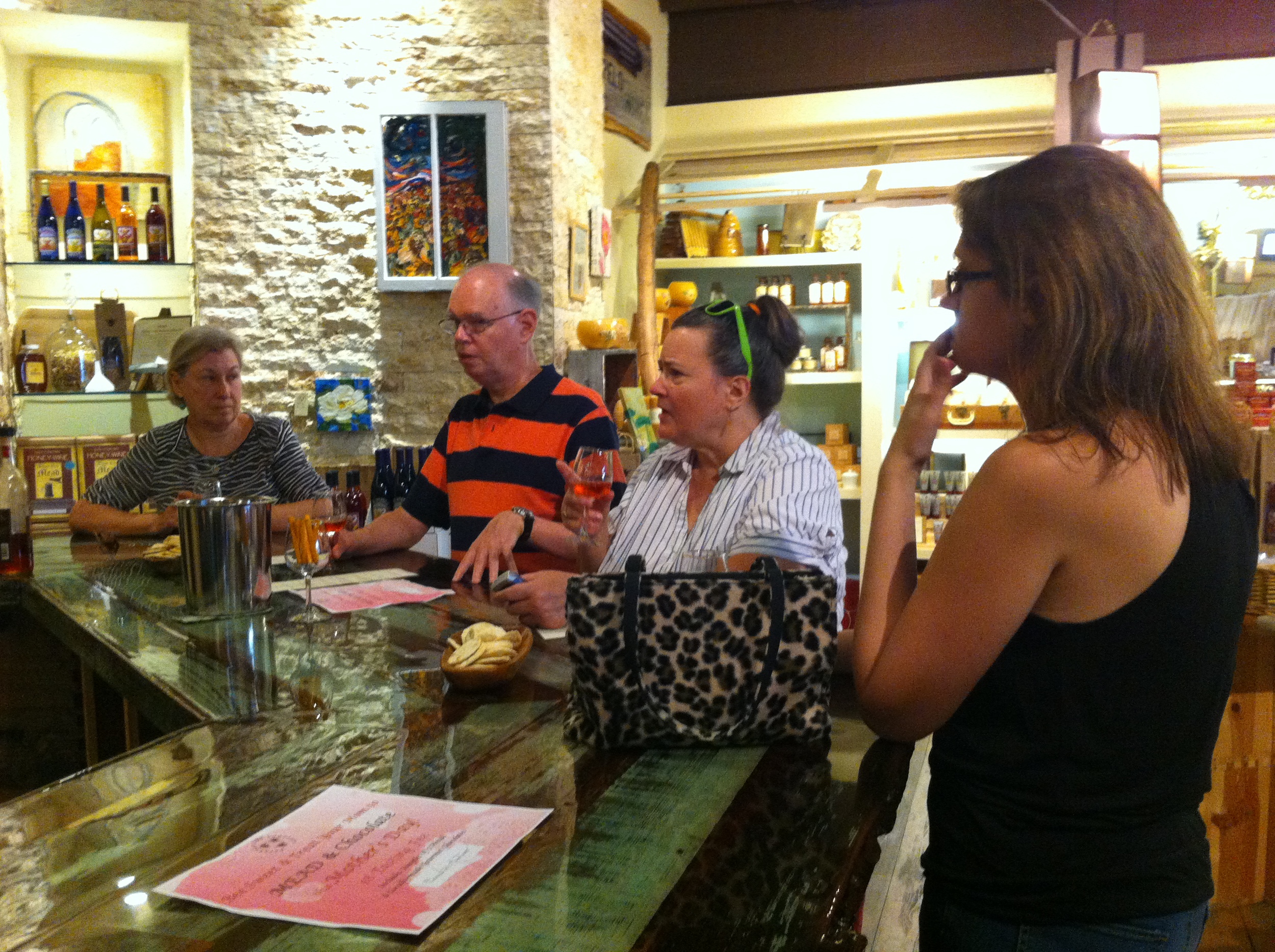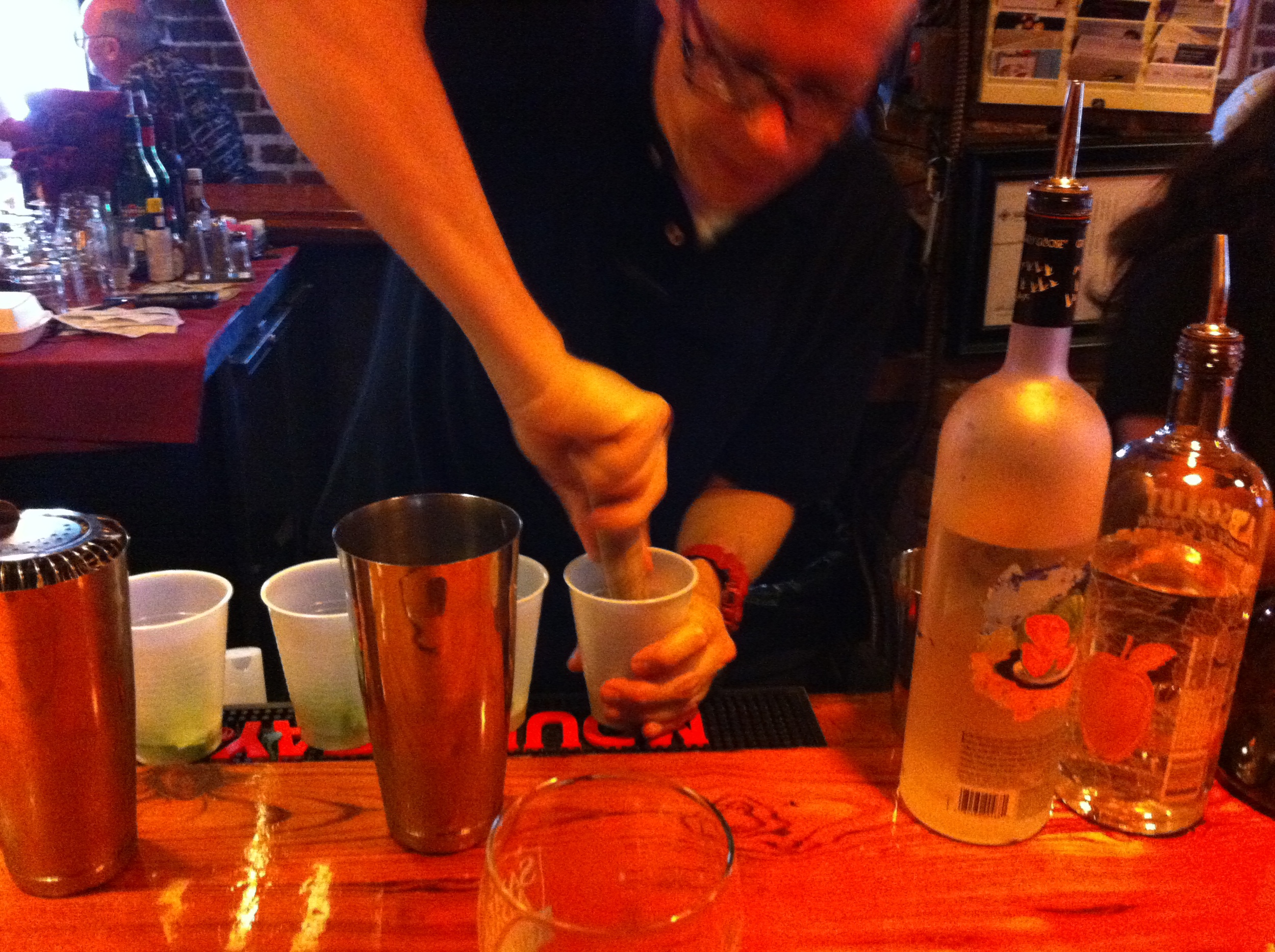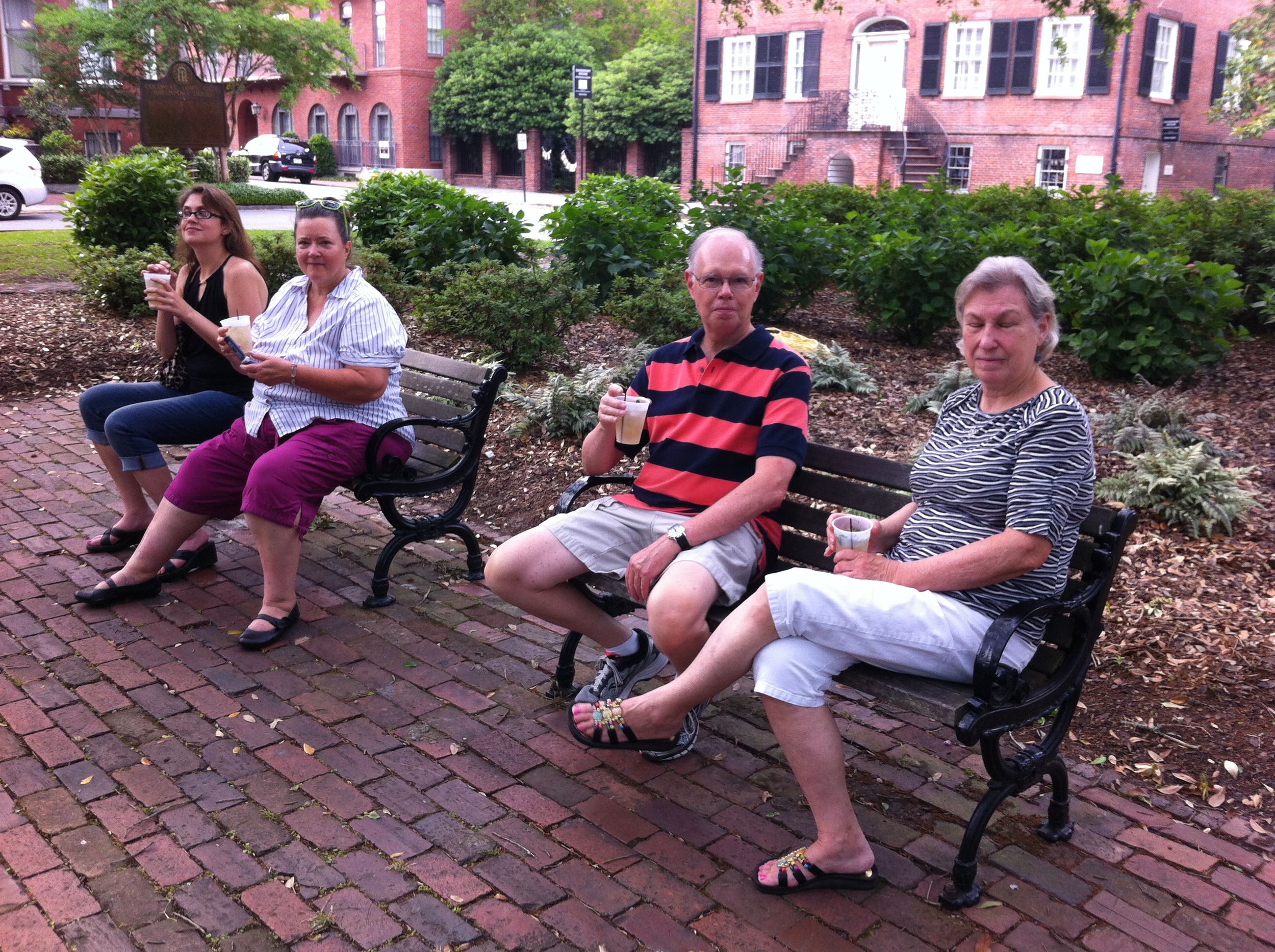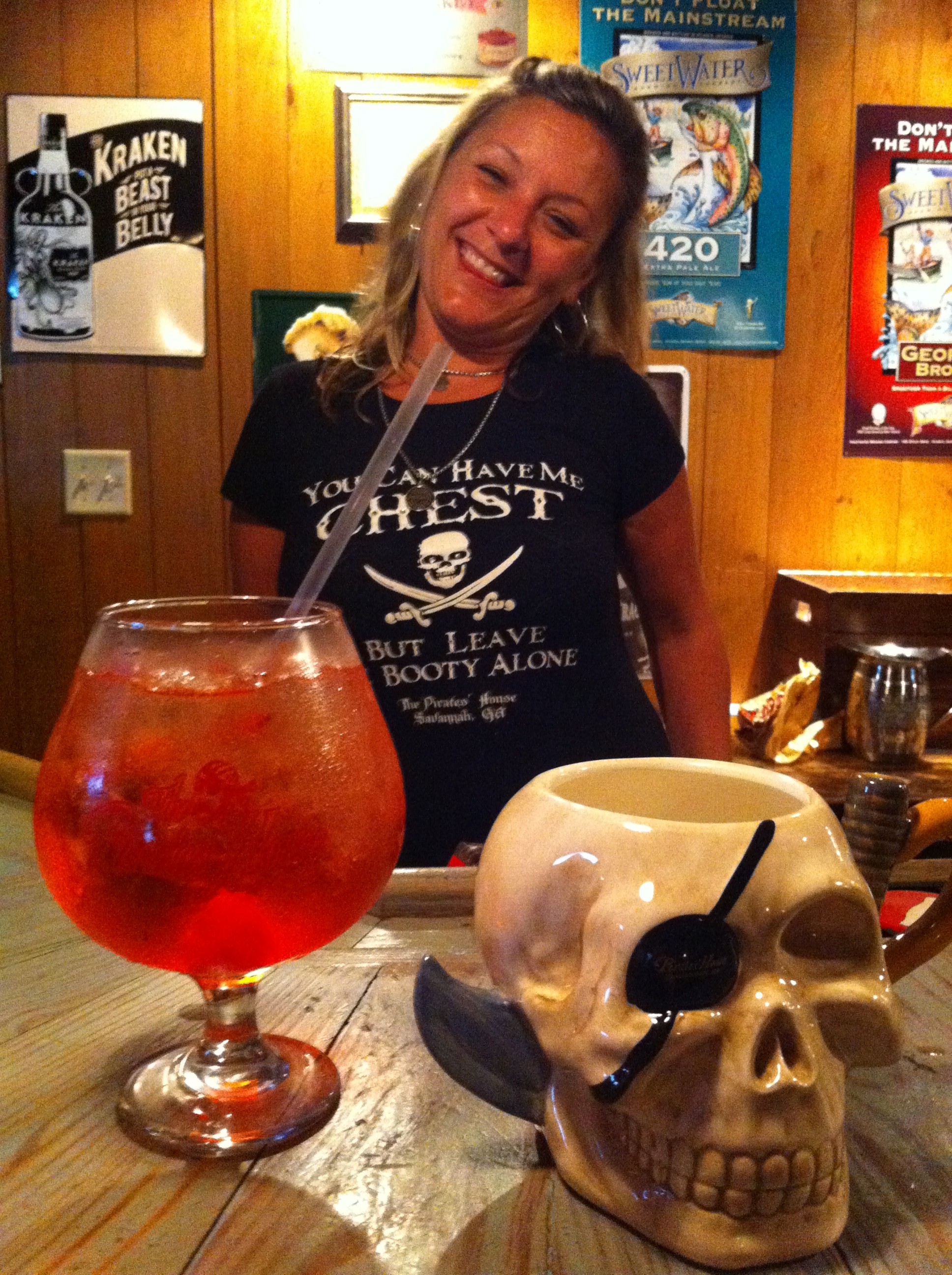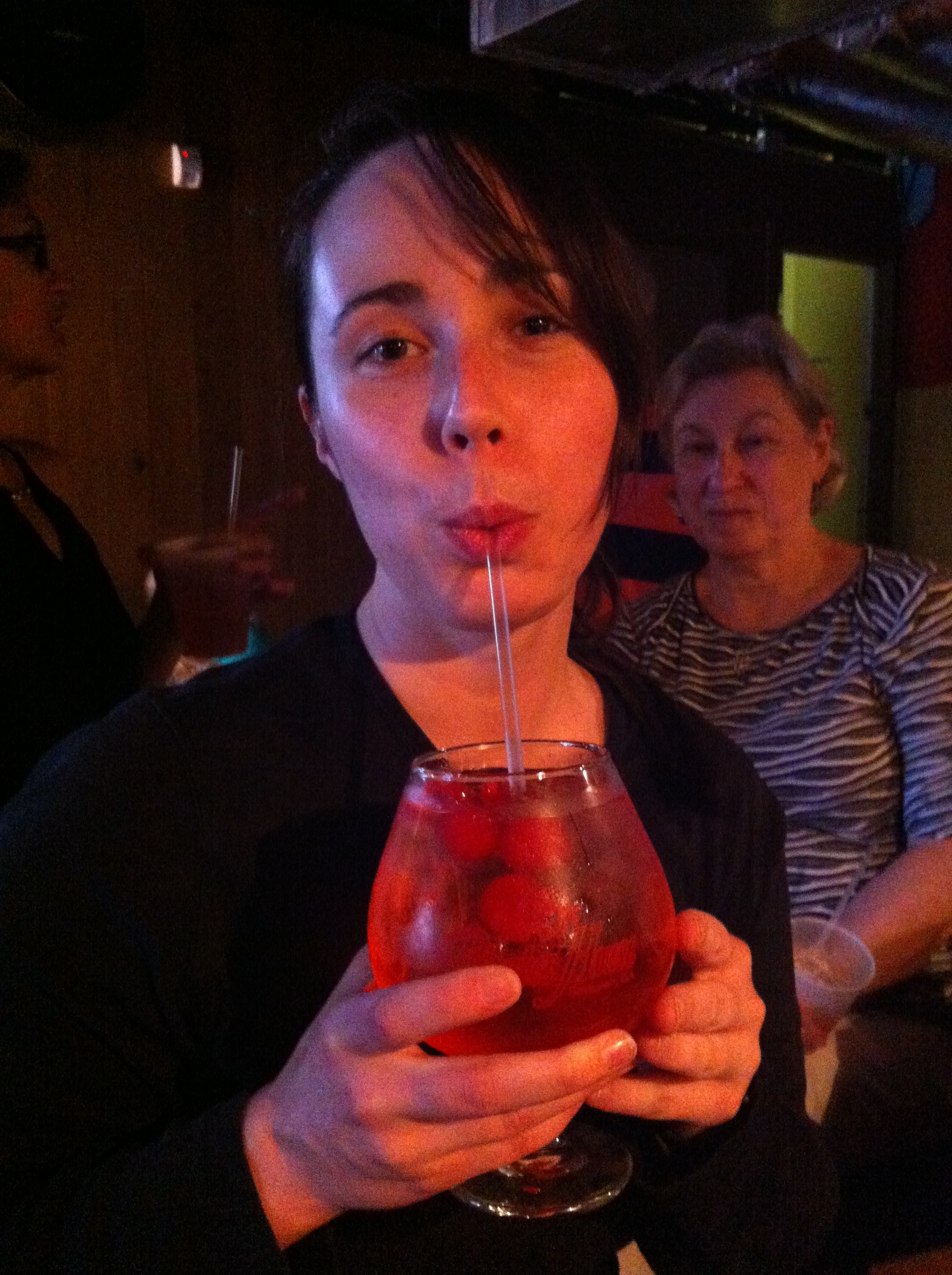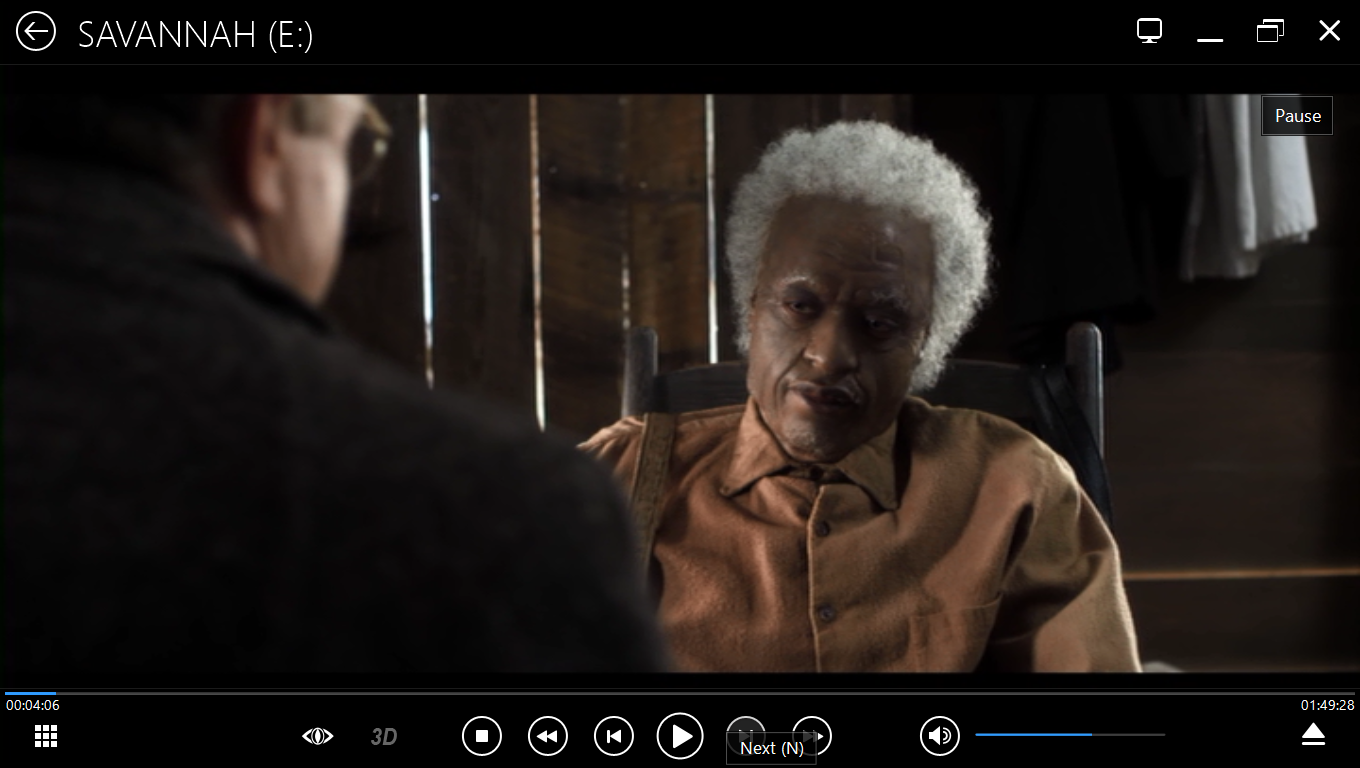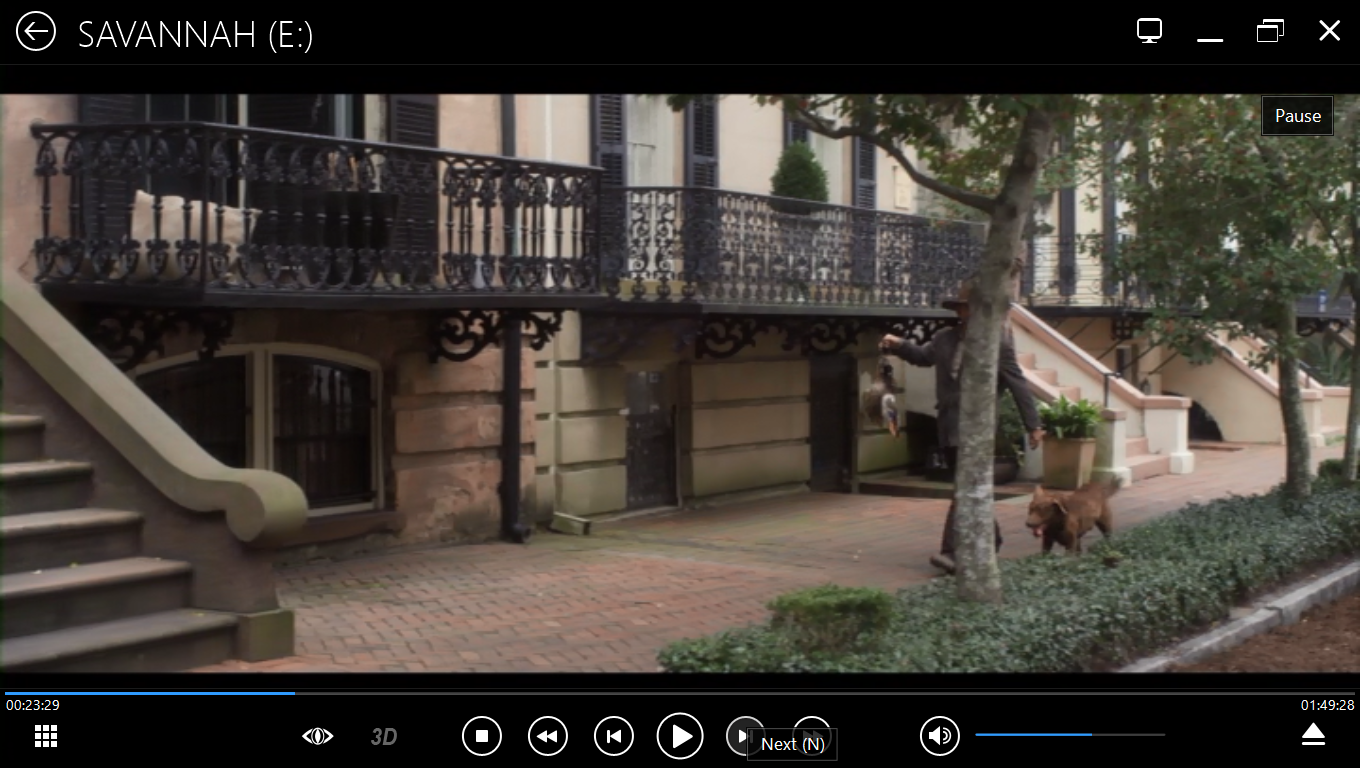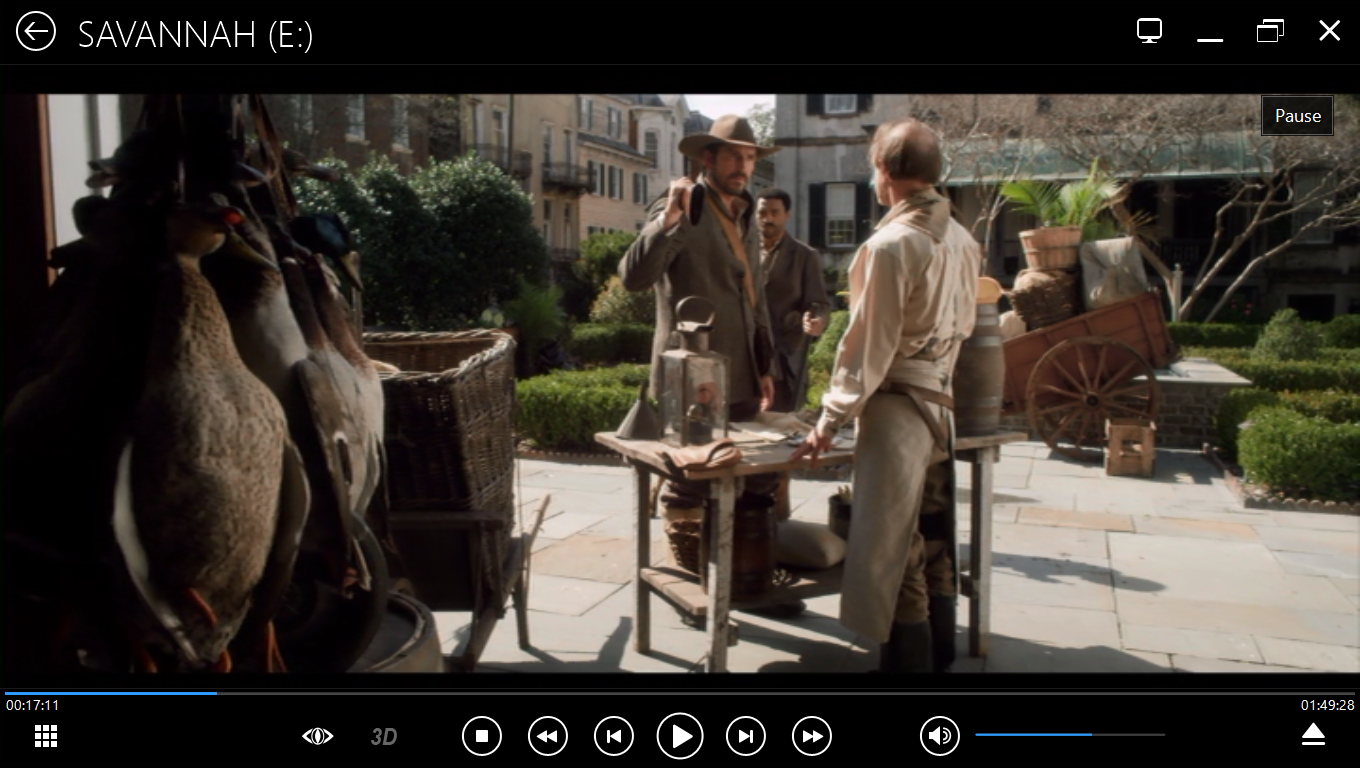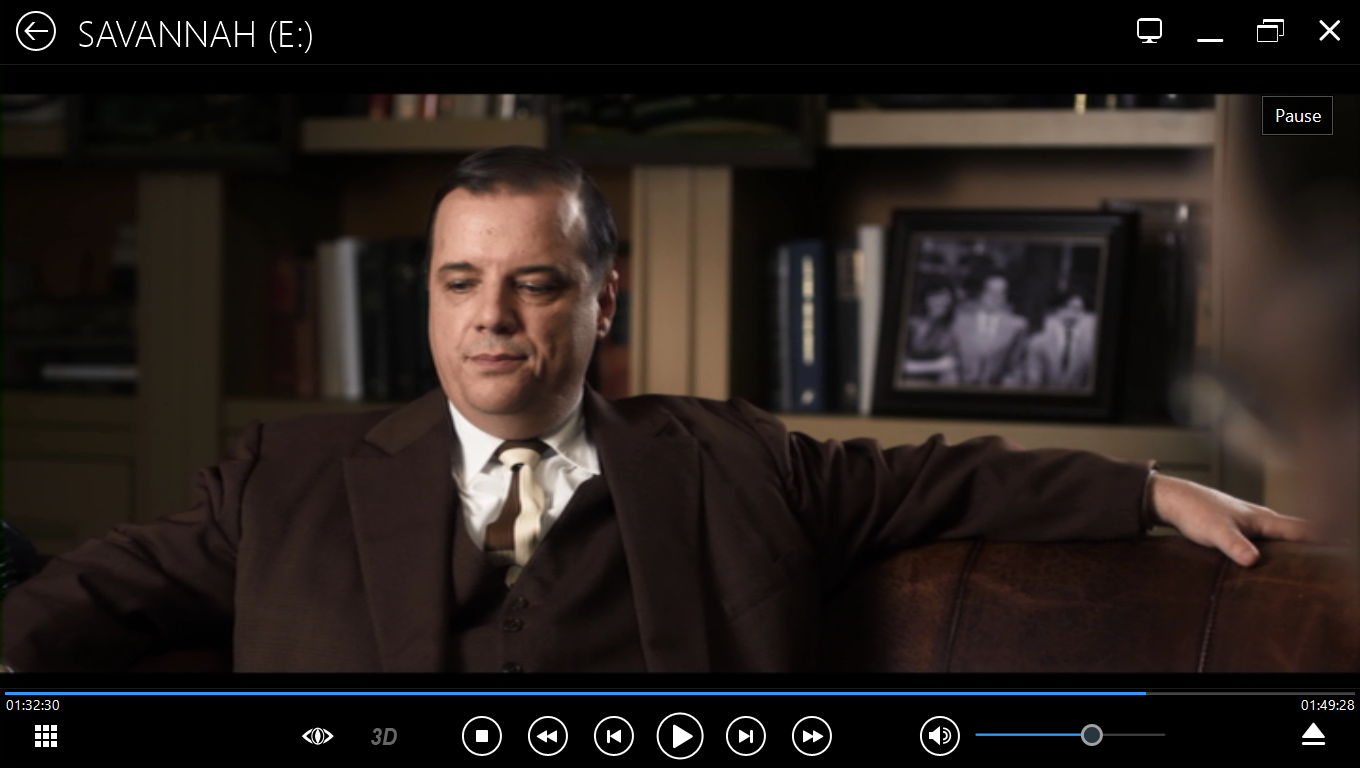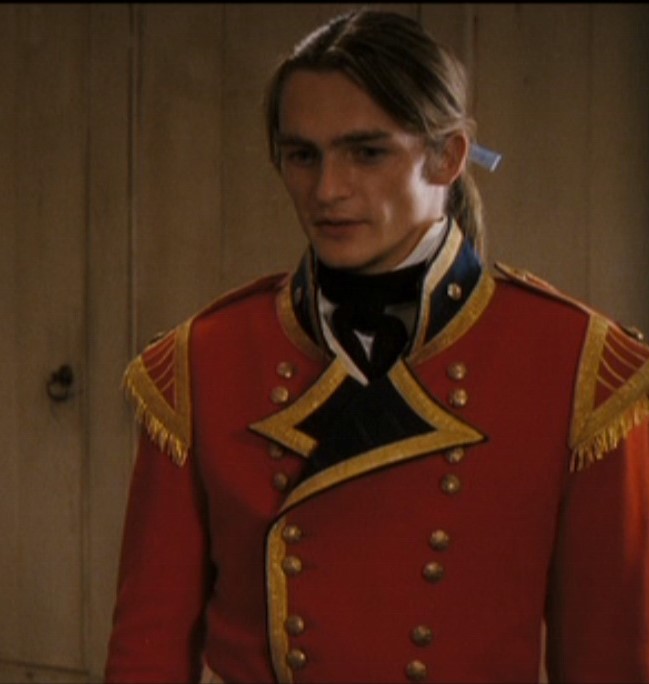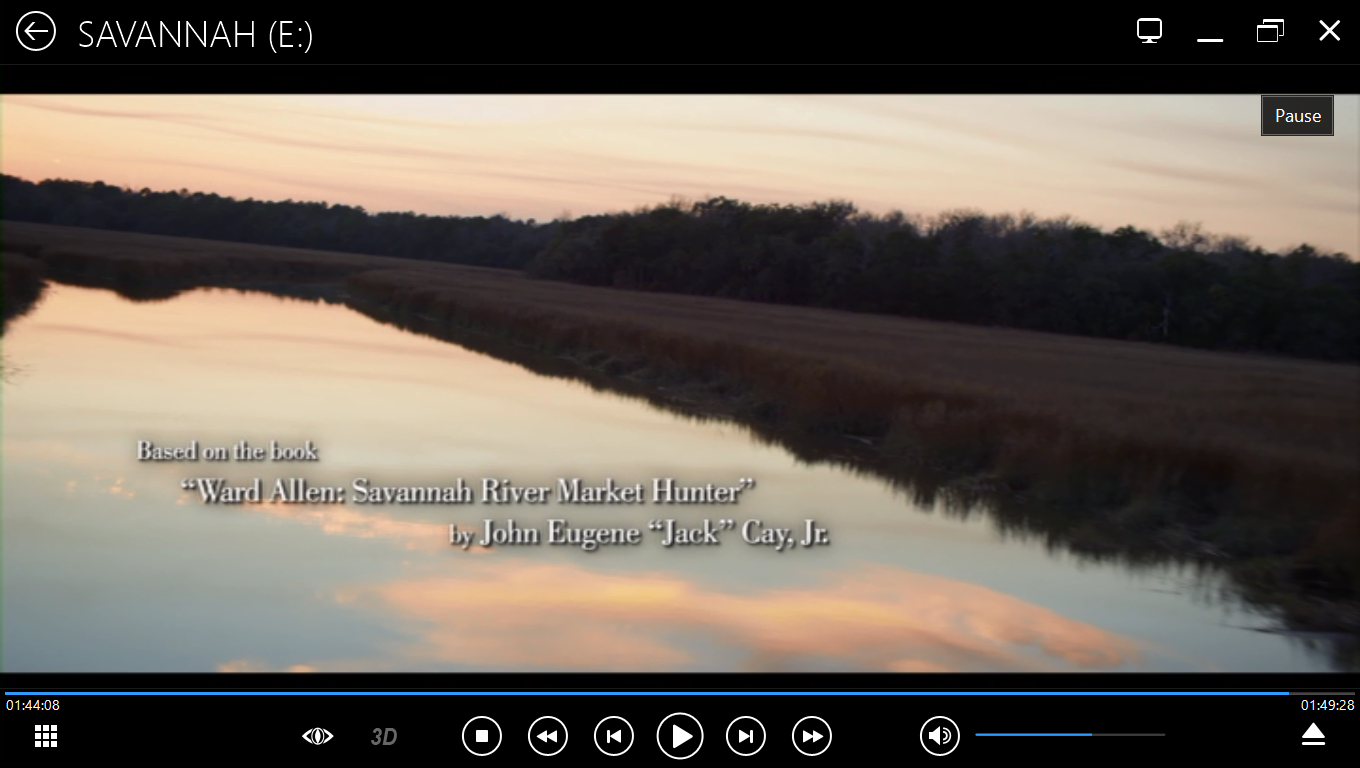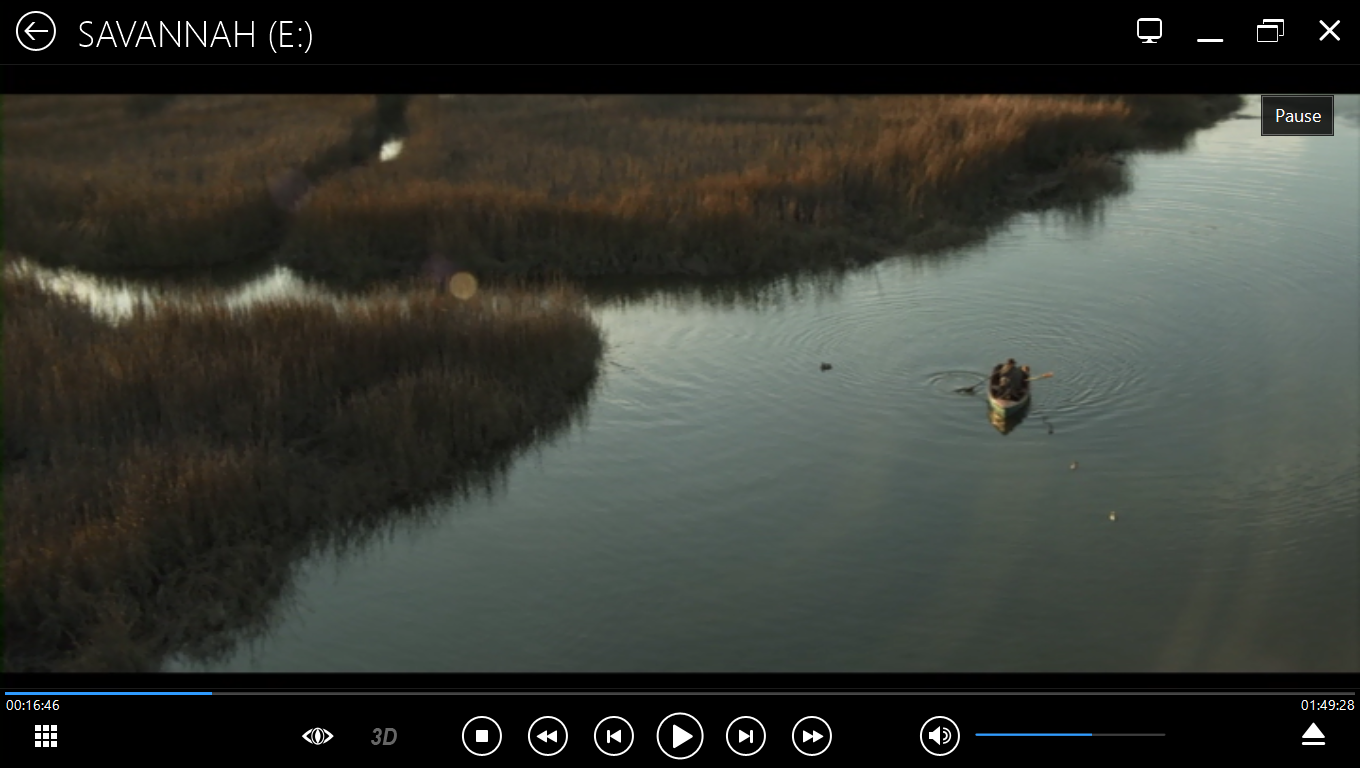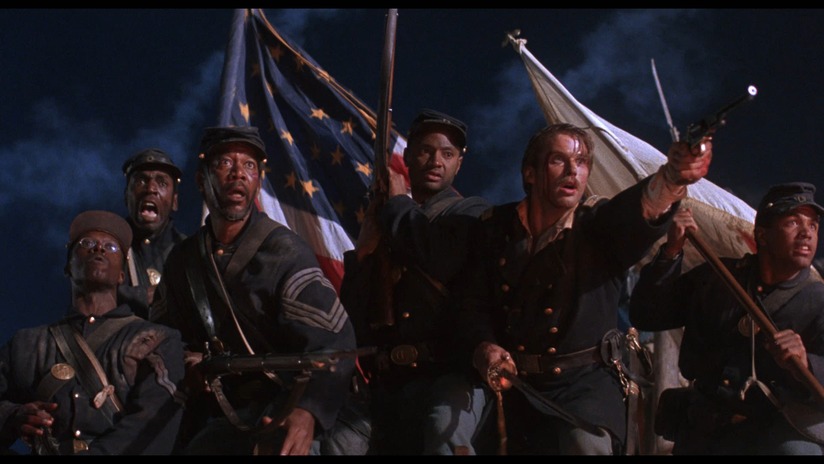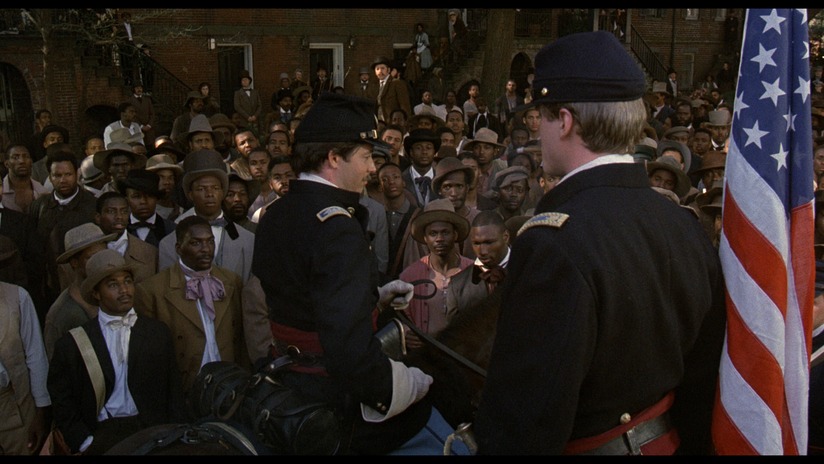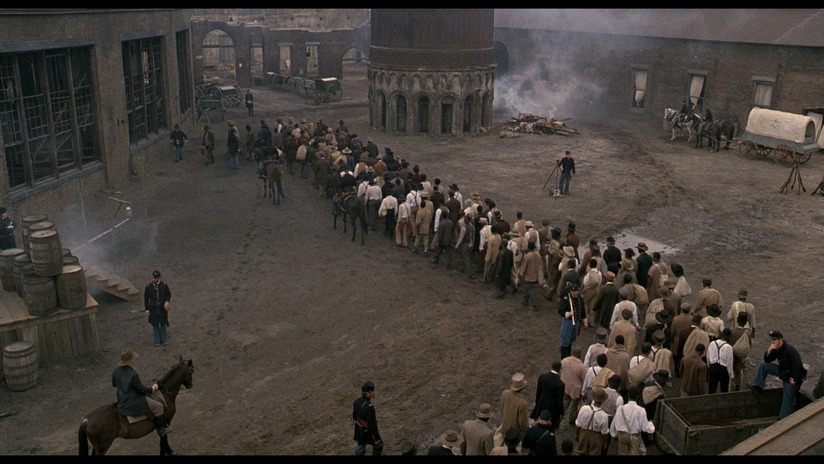Ugh, why is it both literary and historical tradition simply do not know what to make of a single woman? Some versions of this story say Mary soured on romance forever after being dumped by such-and-such suitor, some say she and her sister Margaret fell in love with the same man and he chose Margaret over her. Why does it always have to be a lost love or a jilted romance or some tired old canard like that? This one gets on my nerves in particular because it dismisses the deliberate and perfectly self-aware decision-making process of a very, very intelligent woman whose impact on Savannah was vast and valuable and should not be ignored in favor of trite gossip.
She never took a husband because she simply never found one she wanted. It's true Mary Telfair didn't have much to offer in the looks department, but she was very intelligent, well traveled, well connected, highly educated, and fabulously rich- qualities that surely piqued the interest of many an upwardly mobile gentleman looking to make an advantageous match. But the self-possessed and headstrong Mary Telfair did not fancy being anybody's meal ticket or societal stepping stone and likely never encountered a man she believed had nobler intentions. Also, her standards for people in general were set maybe a little too high.
As for the man she and her sister allegedly both fell for, that would be William Hodgson. Mary and Margaret encountered him while vacationing in Europe and there was never any question which sister he was going to end up with. Hodgson completely flipped out for Margaret. He wrote her steamy letters nonstop between the time they got engaged and the time they got married and gave up a juicy appointment to a consular post in Turkey because Margaret didn't want to live there. This internationally lauded diplomat and preternaturally gifted linguist gave up his career to live in stupid old Savannah because he loved Margaret so much. It puzzles me a little. I mean, Margaret had all the same advantages as Mary (also the same lack of visual appeal), but was four years older than William and already 45 years old when they got married. Maybe he had a fondness for mature ladies and didn't want any kids? Was he blown away by her mental acuity? Did he just fall head over heels for no real reason in truly classic style? I think if there is a deep romantic story to be told here, it's probably William Hodgson's and not any of the Telfairs'. At any rate, there is no reason to believe Mary ever carried a torch for the guy. She stayed single because she liked it that way. Plenty of modern women should be able to relate.
5. General Sherman did not burn Savannah during the Civil War because he thought the city was so beautiful/ because he had a mistress here
Oh, please. This one's easy to poke holes in. We can dismiss the first point because Sherman burnt or ransacked plenty of attractive places during his March to the Sea. Beauty was not going to slow this beast down. Also, Savannah did not look as good then as it does now. Go check out some old-timey photographs, you'll see I'm right. The second assertion, about the mistress, also wobbles under closer scrutiny. Sherman spent a little bit of time in Florida and Georgia when he was stationed down south during the Seminole Wars, but that's about it. After that, he got married and had a career that sent him zooming between Washington DC, California, Indiana, and New York. None of those places are even close to Savannah, so when was he supposed to digress down here to keep his mystery lady satisfied?
Well then, why didn't Sherman burn Savannah down when he got here? It's pretty straightforward, really. He had no reason to do so and lots of reasons not to. The 9,000 or so Confederate soldiers who had been in the area skedaddled the night before Sherman's arrival. The general in charge of that maneuver, William Hardee, knew he'd never stand a chance against 60,000 Union soldiers and decided the wiser strategy would be to take off and leave Savannah the opportunity to surrender and perhaps escape destruction. It worked. Savannah offered no military resistance, surrendered politely, and Sherman was glad to hunker down here for a while. It was in his best interest to keep the city intact, especially the port. He needed to get Union boats up the river to resupply his men and deliver the mail. His army needed a break too. They had just marched nonstop for six weeks to get here from Atlanta and the last of that was through pine barrens where there were precious few farms to raid for supplies. They were low on everything and desperately tired, despite being triumphant conquerors of Georgia. On top of all that, it was cold. The soldiers got here just before Christmas and left at the beginning of February, so that means they waited out the worst part of winter before moving on. That's it. We were more useful as a pit stop than as... a pit, I guess.
6. Gangsters shot up people in front of the Lucas Theatre in 1928
The Lucas is a movie palace built in 1921 and operates today as a movie theater and venue for live performances. It's right next to Reynolds Square, a square which serves as the starting point for many different ghost tours. So, it's no surprise ghost guides keep passing this story from one to another like a cold sore. So many tour groups walk down this block and they need something to fill the space. To make it more compelling, there are some suspicious looking, smudgy little holes in the tile on the front of the building. Oooh, bullet holes? And Savannah played a major role in the rum running trade during Prohibition and there were loads of illegal stills hidden away back in the sticks. Gangster shoot outs are totally believable! It's just too good to be true! Yep. That's the problem. I'll let my colleague James Caskey handle this one, from his book Haunted Savannah:
The first problem with this story is that the shooting never happened. [...] An exhaustive search of the archives at the Georgia Historical Society reveals not one bit of supporting evidence.... [...] the black marks pointed to by tour guides are decidedly not caused by .45 caliber bullets. A round from a Thompson machine gun would have almost certainly shattered the Spanish style tile [...].
Thanks, James!
I do ghost tours and I understand the need for, um, stretching the truth sometimes. We must keep our skills sharp in the ancient Southern art of exaggeration-fu. I'm also pretty sure people expect to be BSd just a little bit on a ghost tour. I mean, come on, you're already on a tour where people tell ghost stories. But I personally draw the line at details or stories that don't jive with what I know of actual history. It just... it feels less like good storytelling and more like telling a lie to make a buck. And I don't like it when I see other tour guides doing that. To be fair, though, I'm sure many who tell this story picked it up from the coworkers who trained them and have no idea it isn't true (see my earlier point about quality control being management's job).
I've been pretty understanding so far, but that's enough of that. The last four entries on this list are the idiotic falsehoods I hate most. Their details splatter against the windshield of common sense like verbal bird poop. They strain the available supply of synonyms for the word "stupid". They make me want to set things (mostly other tour guides) on fire with the power of my white-hot rage. They make Savannah's entire tourism industry look bad. I give no quarter to any tour guide who continues disseminating the following infuriating and clearly untrue yarns. Those who do are basically the Typhoid Marys of storytelling and should be quarantined on Hutchinson Island where they can forever stare forlornly back at the city they maligned with their unforgivable disregard for truth and basic logic.
7. Something about slaughtering pigs (or possibly people) inWright Square
I won't name names or point fingers at any particular company, but I've heard this one up close and in detail. It's been a long time, so the story's gotten fuzzy on me. I know it was still making the rounds on the ghost tours a couple years ago, but I'm not sure it still is. Anyway, if a guide tries to tell you anything about feral hogs being chased out of the woods surrounding colonial Savannah and into a pit in Wright Square where they were then barbequed alive and devoured by voracious English settlers, just kick that guide right in the knee, snatch your money back out of their pocket, and go spend it on booze or something. Even when Budweiser pretends to be beer it isn't lying that boldly.
There's a variant on this involving strangers in the city being barbequed and cannibalized. Both versions of this story hit me right out of nowhere when I first heard them years ago. I have no idea where they came from, since there is absolutely no physical feature in any of the squares that would suggest such nonsense and nothing I can think of in the city's history that may have been distorted into this macabre and stupid legend. This. Never. Happened.
8. Our lovely (and expensive) Jones Street is the origin of the phrase "Keeping up with the Joneses"
I kind of just want to type a frowny face here and walk away. I know for a fact tour guides out there are still selling this little pork pie to people and I don't understand how they can say it with a straight face. Doesn't it just strain credulity? And sound dumb? Really, really dumb? Also, twenty seconds on Google is all it takes to deflate this myth: Keeping Up with the Joneses was the title of a popular early 20th century comic strip. And no, the guy who wrote that comic strip had never been anywhere near Savannah. I would never spout off this brain dead drivel to a group of tourists for fear someone's smartypants kid would whip out their iPhone, look it up, and prove me wrong on the spot. I can't believe the guides who keep saying it aren't struck by how unlikely it sounds. I can't believe none of them have been shown up by teenagers with phones.
9. People used to stuff their mattresses with Spanish moss, would get eaten up by the chiggers that lived in it, and that's the origin of the saying "Don't let the bedbugs bite"
This is another one that makes me sigh and knot my brow in exasperation. It bothers me not merely because it is factually untrue, but because you don't even have to know the facts to know this doesn't make the tiniest iota of sense. Any tour guide who tells this to a group of tourists is openly insulting their intelligence.
We've already gone over the matter of chiggers in Spanish moss. I could stop there, but I'm not going to because chiggers ≠ bedbugs. Just because "redbug" rhymes with "bedbug" does not mean you can use the words interchangeably. These are two completely different insects. Actually, chiggers aren't even insects, they're classed as arachnids. The last thing these two creatures have in common is their Phylum! The ease with which one can ascertain these two bugs are, indeed, two different bugs is not the only thing about this story that drives me nuts. Even if someone on a tour did not know that chiggers do not live in Spanish moss and even if they did not know for sure that bedbugs have no relation to chiggers, they might dimly perceive the specious nature of this tale due to a vague recollection that bedbugs are, well, everywhere, including places where Spanish moss is not to be found. That includes the Old World before the discovery of the New World (where the offending plant is native).
Why, why do people keep repeating such obviously half-baked and easy to disprove tripe? I expect a lazy person not to bother correcting a mistaken story, but someone had to exert themselves to get this one wrong in the first place. It makes so little sense, I feel sure the guides who tell it must be consciously suppressing their own critical thinking skills in order to force the words out of their mouths. You don't have to, my compatriots. I'm setting you free from this lunacy right now.
Aside from all the inconsistencies regarding the bugs themselves, this legend also rests on the assumption- which seems to be the basis for many historical myths- that our ancestors were dumber than my cat when he gets his head stuck in a jar. Yes, they did use the soft, springy Spanish moss to stuff their mattresses and cushions. In fact, people used to do all kinds of neato peato stuff with Spanish moss which you can read more about here and here. But do you think they were so stupid they didn't know there were critters living in it? They had ways of curing and ginning the stuff to make it usable, people. There may have been regular 'ole bedbugs crawling around in their mossy mattresses (because those things were impossible to get rid of until people started bathing in DDT), but no one at the time ever mistook them for redbugs. And there is no reason we should be making that mistake now.
By the way, you may have noticed a theme appearing here. Any time a tour guide tells you thingamajig in Savannah is the origin of blah-blah world wide colloquialism... just assume it's bullcrap. We've never been such a major player on the international stage that our quaint habits are rewriting the English language.
10. During the yellow fever epidemic of 1876, doctors tried to hide the scale of the disaster by sneaking corpses out of Candler Hospital via secret tunnels and burying them at night in Laurel Grove Cemetery (or possibly Forsyth Park)
All I can do here is raise one eyebrow disdainfully and ask, "Really, ghost tours?"
How is that supposed to have worked, pray tell? In the middle of an epidemic, someone had time to dig tunnels from the old Candler Hospital to Laurel Grove Cemetery a mile away? Without anyone in town noticing? The current hospital building was only completed in 1876. They must have added those long tunnels really fast to be ready for that epidemic! Wouldn't it have been faster, easier, and just as discreet to catapult the bodies across town from the roof of the hospital? Would have been a hell of a lot more fun than lugging putrid corpses around under the city, I tell you what. Why haul them all the way to the cemetery at all? You got this mile-long tunnel handy; just stuff 'em in there, it's the same thing! Now, burying people in Forsyth Park is a pretty nifty alternative except mass graves suddenly appearing in the middle of a large, popular public park would probably blow your cover.
Eeeeuuuuuurrrgh. This trash makes me want to punch all of the faces. Aside from the practical impossibilities, the story of the Candler Hospital tunnels relies on two other fallacious assumptions. 1: Again, all of our ancestors were morons. 19th century Savannahians couldn't count, I guess? Or they were really distractible and kept forgetting how many of their friends and relatives had died? Or they just forgot from year to year that every summer was Yellow Fever Season and someone was for sure going to die? Did people used to interact on the Schrödinger's Cat principle and assume anyone they couldn't see was both alive and dead at the the same time? 'Cuz that's the only logic I can come up with for trying to sneak away the bodies of folks everyone already knew were dead. 2: Overestimating the severity of the epidemic and the degree of panic. As noted before, every summer was Yellow Fever Season and Savannah had 3 major outbreaks under its belt (1796, 1820, 1854) by the time our last big one rolled around in 1876. That's at least one brush with deadly disease per generation. Not to say people were used to it or it wasn't scary for them, but it doesn't qualify as a surprise. And although the yellow fever of 1876 killed the most people in terms of sheer numbers (more than 1,000), it was far less severe than previous epidemics when you consider the mortality rate as a percentage of the total population. So, I know people were freaked out, but they dealt with it.
This logistically insulting, aggravatingly persistent ghost story is a sleazy way to exploit fascination with the very real hospital tunnels that once served a morbid, yet perfectly ordinary purpose. They were morgue tunnels. Just passageways built to connect the main building to the new morgue, all of which were upgrades made to the old 1819 structure in 1876. People die in a hospital and the bodies have to go somewhere and how are you going to keep them cool and prevent rot before the advent of refrigeration? You build your morgue underground, of course. It was a world class facility, in fact, and was even written about and touted in medical journals of the time. Nothing secret or shady about it!
Blatant lies like this, as well as the other fibs and falsehoods I've listed, dismay me badly. It's rude to the people who pay you money in exchange for the truth, first of all. It's also unfair to get paid for work (research) you haven't actually done or that you don't have the skills to interpret usefully. People can often sense when they're being lied to even if they can't tell precisely what's wrong, and having that experience while in Savannah is likely to leave tourists with a bitter taste in their mouths. It will discourage people from coming back to the city if they think every tour company is run by a con man or every guide they meet is some joker who doesn't take their job seriously.
It's a problem I think the City needs to tackle by becoming more active in the licensing process. Right now it's pretty much "take a test, pay some money" and poof! you're a tour guide. Comparably historic cities like New Orleans and Charleston have much more stringent licensing requirements and way more comprehensive tour guide manuals. I think it would be great and would improve the overall caliber of the tourism industry here if the process required prospective guides to enroll in a semester-long course that goes over the material in depth. The time commitment would weed out fly-by-nights and a structured class would promote better retention of the facts and ensure a high baseline of knowledge among employees across all types of tour companies. My hope is that it would also foster respect for History as a discipline. A high-quality work force is most likely to attract high-quality tourists to this area and those are the kind I prefer.
But until the City of Savannah calls me up and asks for my opinion on the matter, the next best thing I can do is empower you, dear tourist, with my knowledge. Now you know the commonest untruths to beware of while you're in town. Use this power wisely. Together we can smack down the jokers!






